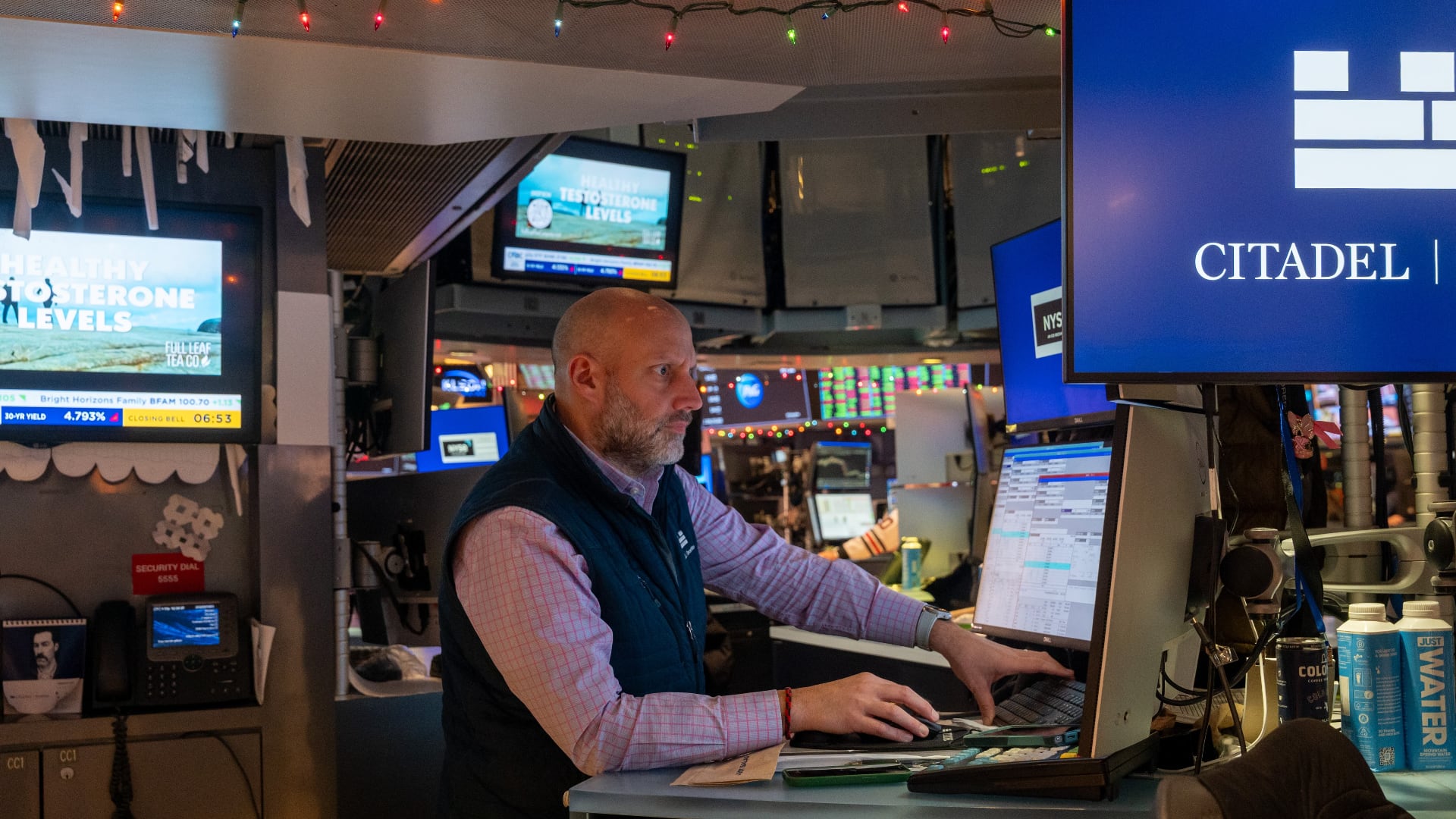New York Governor Andrew Cuomo Wednesday afternoon said the greatest strain on the state’s health care system from the coronavirus could come in approximately 21 days, while also providing early indications about steps the state might eventually take to restart the economy.
When asked about President Donald Trump’s controversial suggestion that he’d like to reopen the economy in by Easter, which is less than three weeks away, Cuomo did not commit to a timeline but did note that protecting both people and the economy are not mutually exclusive.
"You have to get the economy running, and you have to protect every life that you can," he said. "I believe there’s a more refined strategy than we are now talking about. I don’t think it’s binary."
Cuomo then suggested that he was open to sending younger, healthier people back to work sooner than others who are at a higher risk, but he did not specify a timeline.
"There is a path that refines the public health strategy and starts growing the economy," he said.
Federal guidelines are not mandated, he added and noted that changes in Washington might not lead to an immediate change of policy at the state level.
During the press conference, State Health Commissioner Dr. Howard A. Zucker also addressed the White House Coronavirus Task Force's comments that people who have visited New York City should self-quarantine for two weeks.
"I would not follow that," he said. "I believe you should follow the [CDC] guidelines in general and that you should use social distance. These cases are all over the country, not just New York."
Hospital Beds
In order to meet what he called "the apex of need," the governor outlined a plan to lower the number of cases and address shortages in hospital beds, equipment, and personnel.
Cuomo said New York anticipates a need for a total of 140,000 hospital beds, compared to a current capacity of 53,000 beds. To make up the difference, the governor has asked hospitals to increase their capacity by at least 50 percent and ideally 100 percent in the coming weeks.
"As impossible as that sounds, now is the time to be aggressive and do things you’ve never done before," he said.
FEMA and the Army Corps of Engineers are working to contribute another 4,000 beds as a part of makeshift hospitals, such as the Javits Center in Manhattan. Additional beds, Cuomo said, could come from college dormitories, hotels, and former nursing homes.
Ventilator Shortage Persists
The most urgent shortage of medical equipment is ventilators, which are crucial in treating the most severe cases of respiratory illness.
Cuomo said the state needs 30,000 ventilators, compared to 4,000 in the current system. The state has since purchased 7,000 and expects another 4,000 from the federal government.
That leaves another 15,000 ventilators that could still be needed, but Cuomo said that New York still plans on working to avoid implementing triage measures to determine who gets one when in need.
"Our goal is to have a ventilator for everyone who needs one," he said. The governor added that the state is looking into the option of splitting ventilators between two people, which has been done in Italy to maximize their supply.
Additionally, to meet the need for hospital personnel, the state put out a call to former medical professionals to join a "surge health care force" that could be utilized if needed. So far, 40,000 former doctors, nurses, and other specialists have signed up, Cuomo said.
The state has also set up a free mental health hotline with the support of 6,175 mental health professionals who have volunteered to take calls.
Flattening the Curve
As for continued efforts to slow the rate of hospitalizations, Cuomo said there is early evidence that "density control" — a catch-all term for containment measures — has been successful.
On Sunday, hospitalizations were doubling every two days. By Tuesday, they were doubling every 4.7 days, Cuomo said.
"I don’t place a great deal of stock in any one project," Cuomo said. "But this is a very good sign and a positive sign."
An additional measure being considered includes a pilot to close streets to cars, giving pedestrians more space to move around and still employ social distancing.
He also said he’s working with New York City Mayor Bill de Blasio to lower density at public parks, which he said has been a problem, particularly for young people. Potential actions could include banning close-contact sports in a playground and implementing social density controls at parks.
"We’re asking people to do that on a voluntary basis. If there is non-compliance with that, we will make it mandatory," Cuomo said.
Playground closures are also on the table, he added, if the guidance is not followed.
Rolling Deployment
While outlining the specifics of the state strategy, Cuomo took the time to propose a concept called "rolling deployment," which is sometimes used in other disaster situations.
The idea is that New York City could get additional supplies from other states with the understanding that it would return the favor, in the form of personnel and equipment, once its peak need has passed.
"If you send us 15,000 ventilators and then, after our curve, Los Angeles needs 15,000 ventilators, we can take the equipment from here, we can take the personnel from here, we can take the lessons from here," he said.
As the virus progresses across the nation, this strategy could be employed in other states as well.
Being first, however, forces New York City to make its case long before many states have felt the pain of the outbreak.
"We’re asking the country to help us. We will return the favor," Cuomo said.
New York has 30,811 coronavirus cases, with 3,805 hospitalizations and 888 patients in intensive care units, making the state the epicenter of the outbreak in the U.S.








